Nat Notation
Nat notation is a calligraphic way of writing numbers that describes numbers in terms of their prime factors. It’s partially based off of Jan Misali’s base-neutral number system for naming number systems. It’s called Nat notation because it’s used to represent the natural numbers, it’s “natural” (i.e. doesn’t rely on a specific base), and because I’m Nat and I made it.
The Rules
The rules of basic Nat notation:
- Two is a circle.
- Powers are stacked vertically.
- Multiples are concatenated horizontally.
- Numbers are expressed as combinations of their prime factorization.
- Prime numbers are expressed as the previous number plus one (represented by a flourish or swash).
Here are the numbers from one to twelve expressed in basic Nat notation:
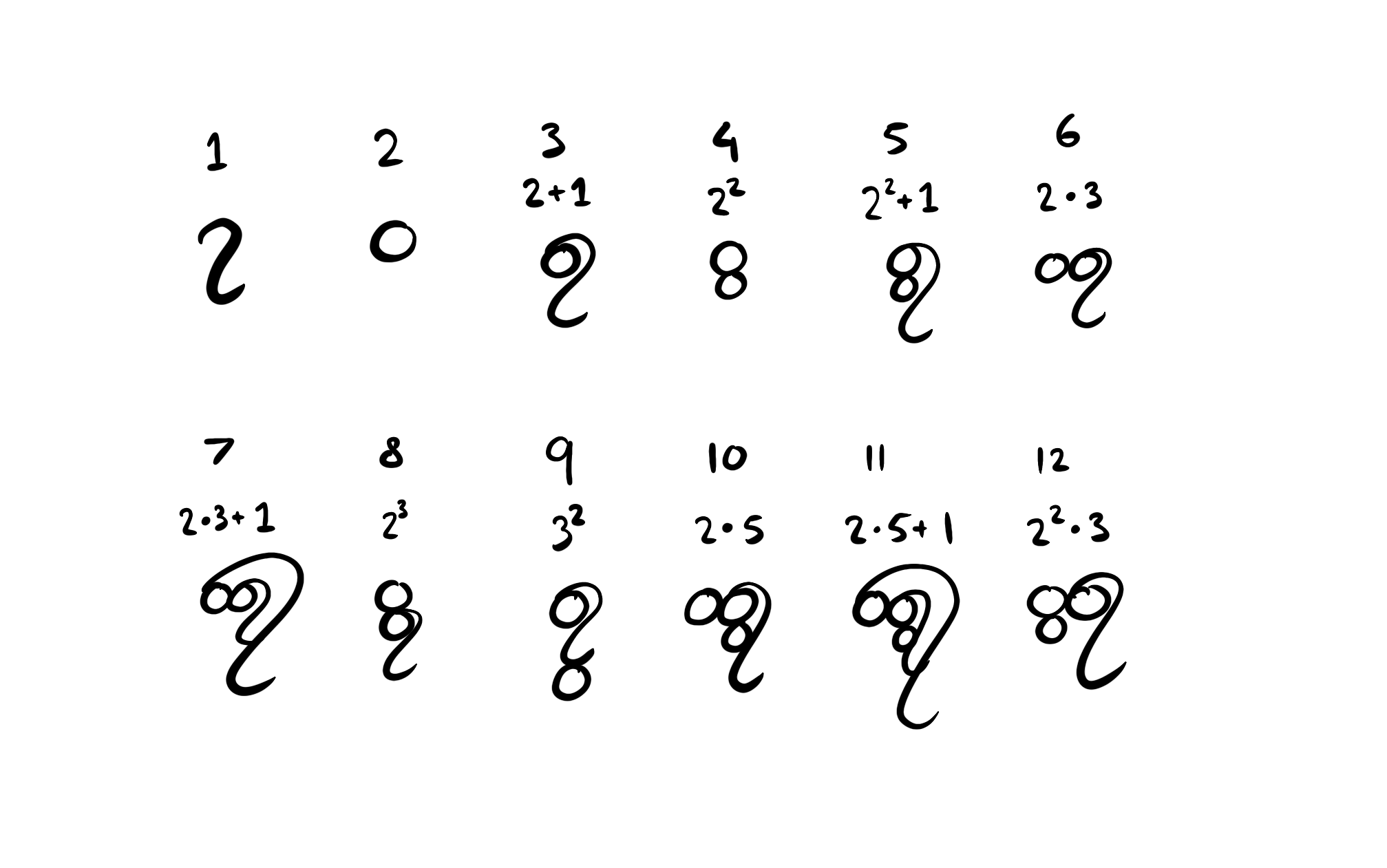
Extended notation
If we restrict ourselves to only using addition, prime numbers can end up becoming pretty unwieldy to represent. Thus, we amend the fifth rule:
- Prime numbers are expressed as the previous number plus 1 or the next number minus 1, whichever is “simplest”.
Definition for “simplest” may vary but I usually take it to mean “the option with the smallest maximum number that appears in its prime factorization”.
With this expanded definition, the written forms of 7 and 11 are slightly different:
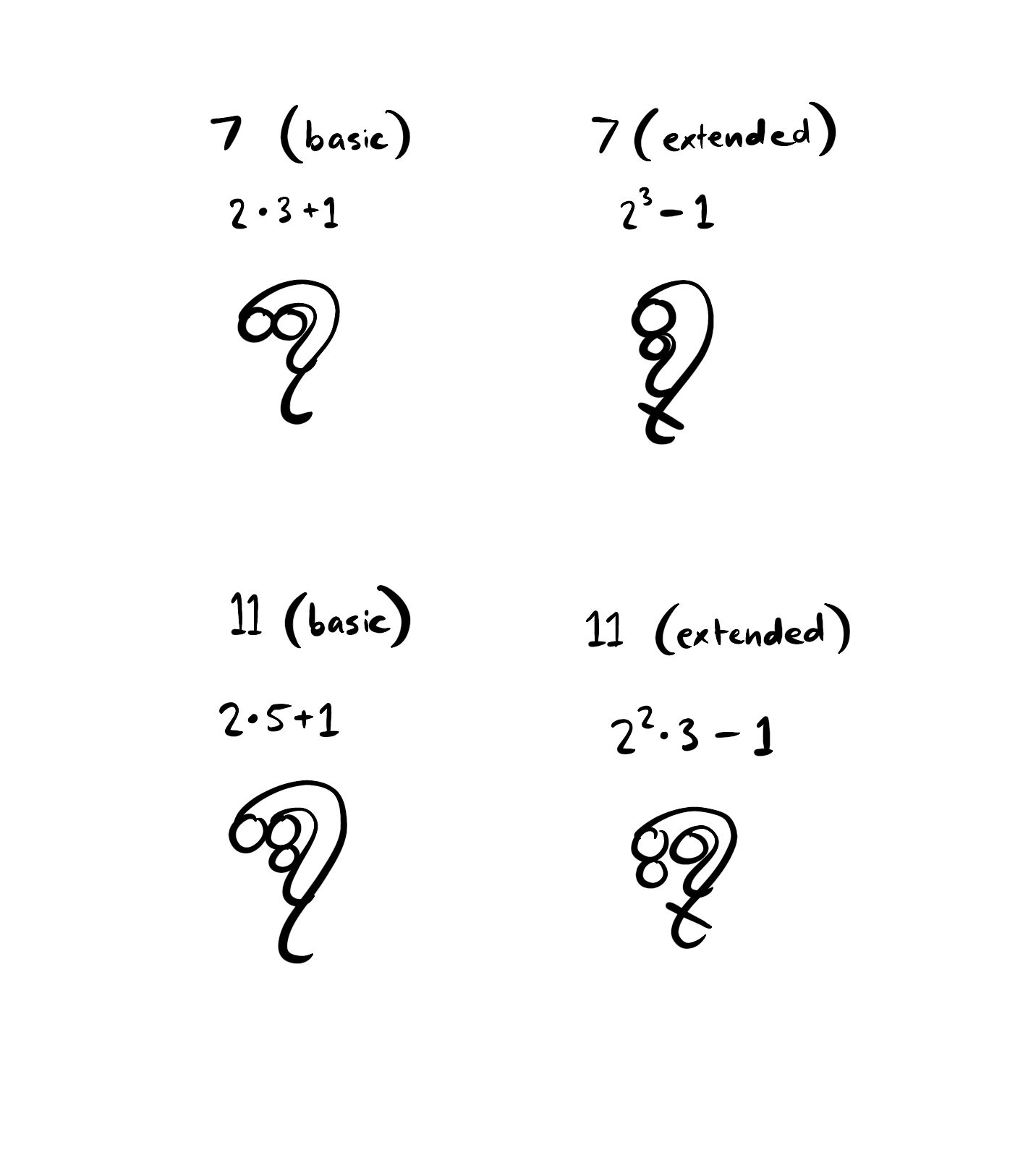
This notation makes it easier to express certain prime numbers, such as the Mersenne primes.
Other encodings
Nat notation only requires:
- A way to express 2
- A way to express multiplication
- A way to express exponentiation
- A way to express incrementing (and decrementing) by 1
Any system where those requirements are met is a valid Nat notation. You can use whatever encoding you want to create Nat notation numbers.
For example, here is the largest known prime number, a Mersenne prime, expressed in a stylized format:
Purpose and Examples
Nat notation is pretty hard to calculate and pretty unwieldy to use for ordinary counting. I see it more of how we use Roman numerals nowadays - a fancy way to write numbers for special occasions. It’s fun for mathematically or culturally significant large numbers. Here are some works that I’ve done:
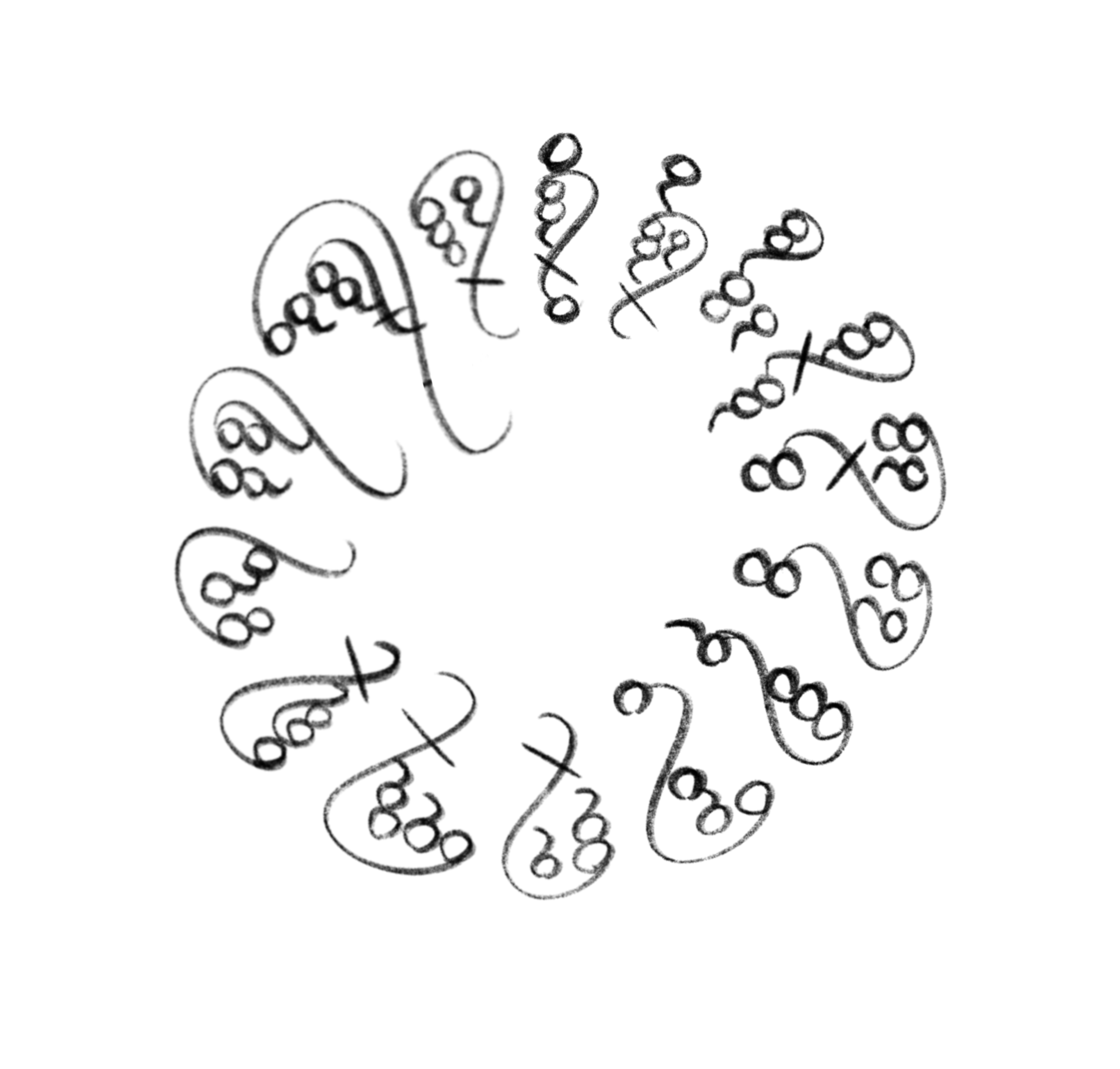
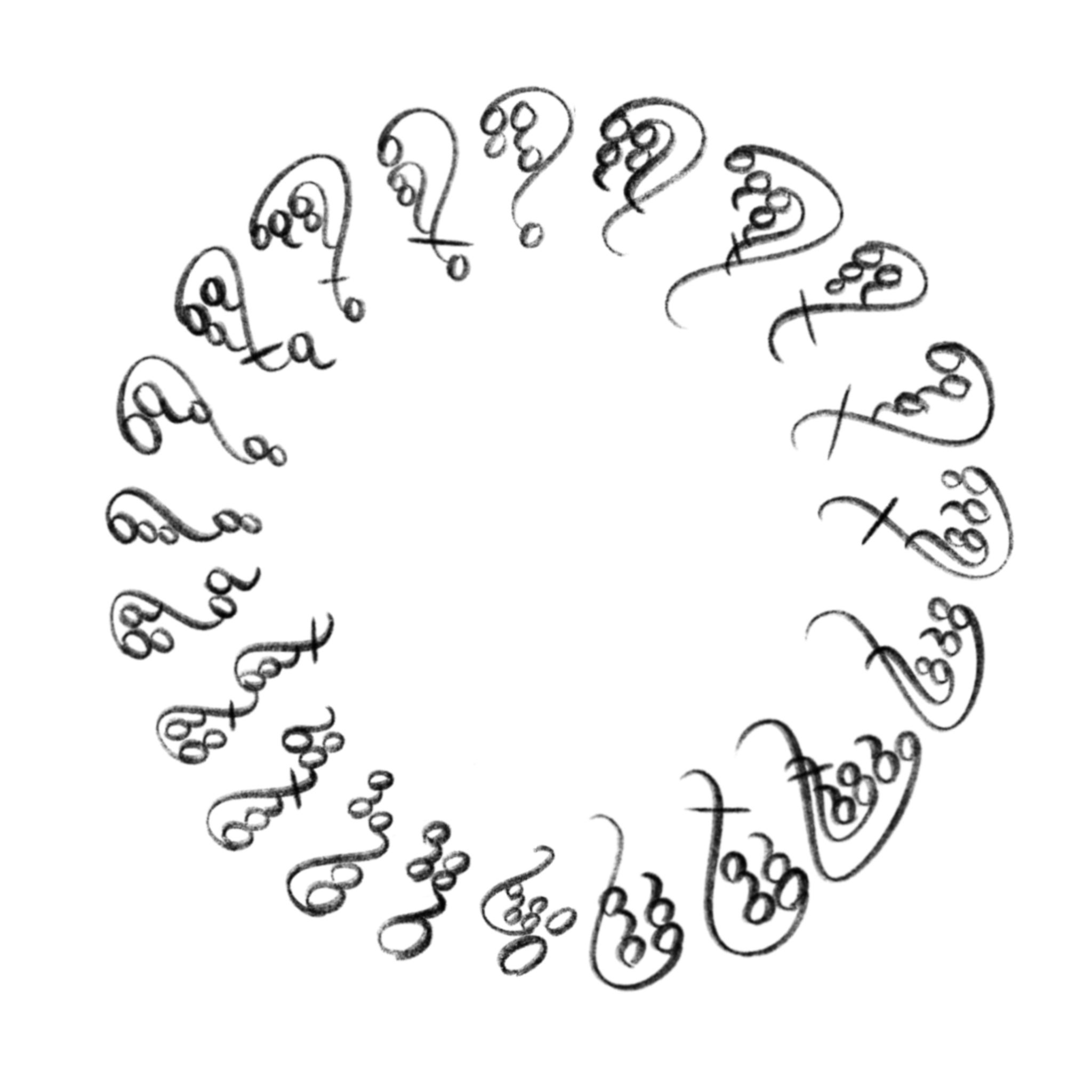
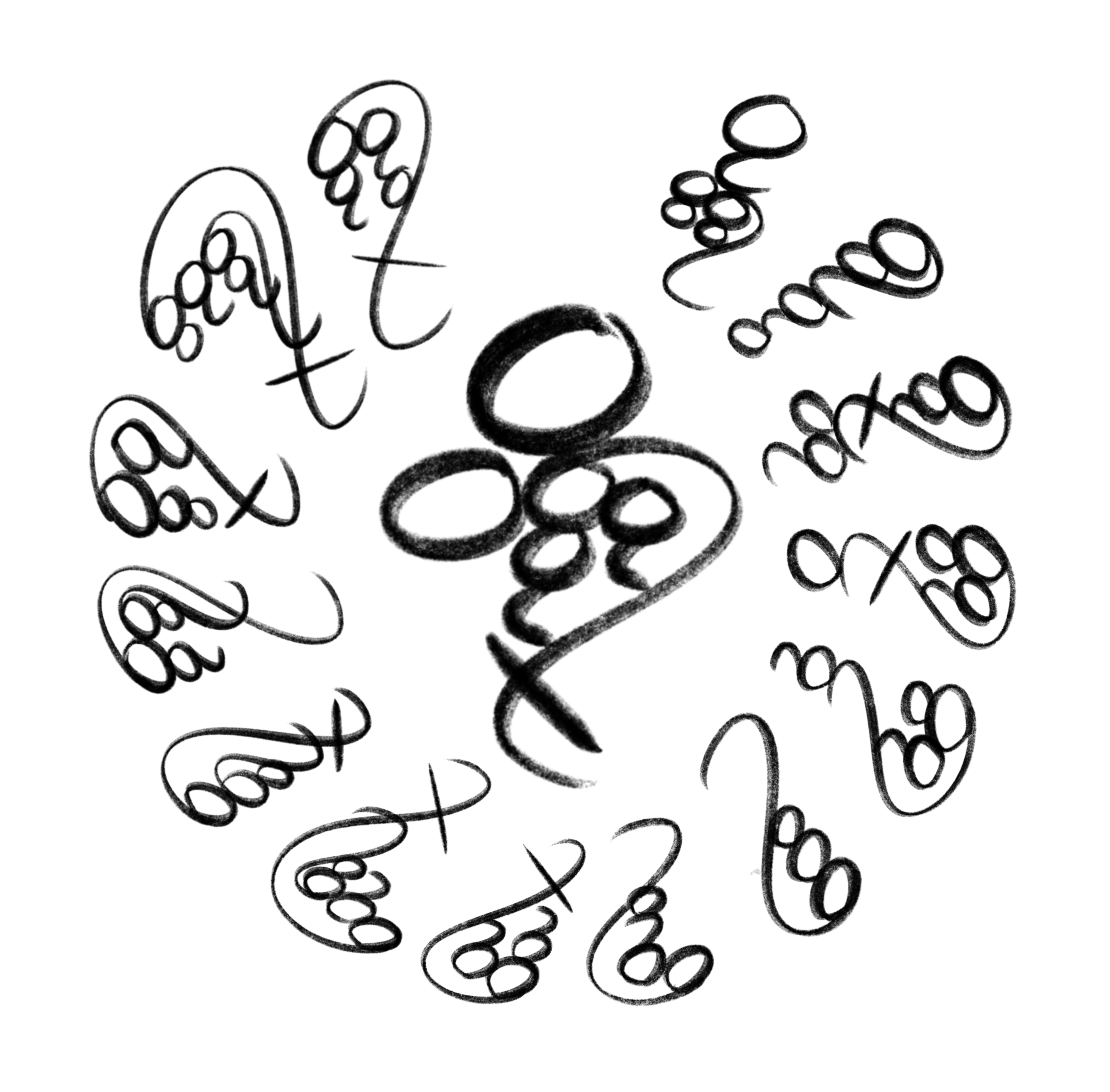
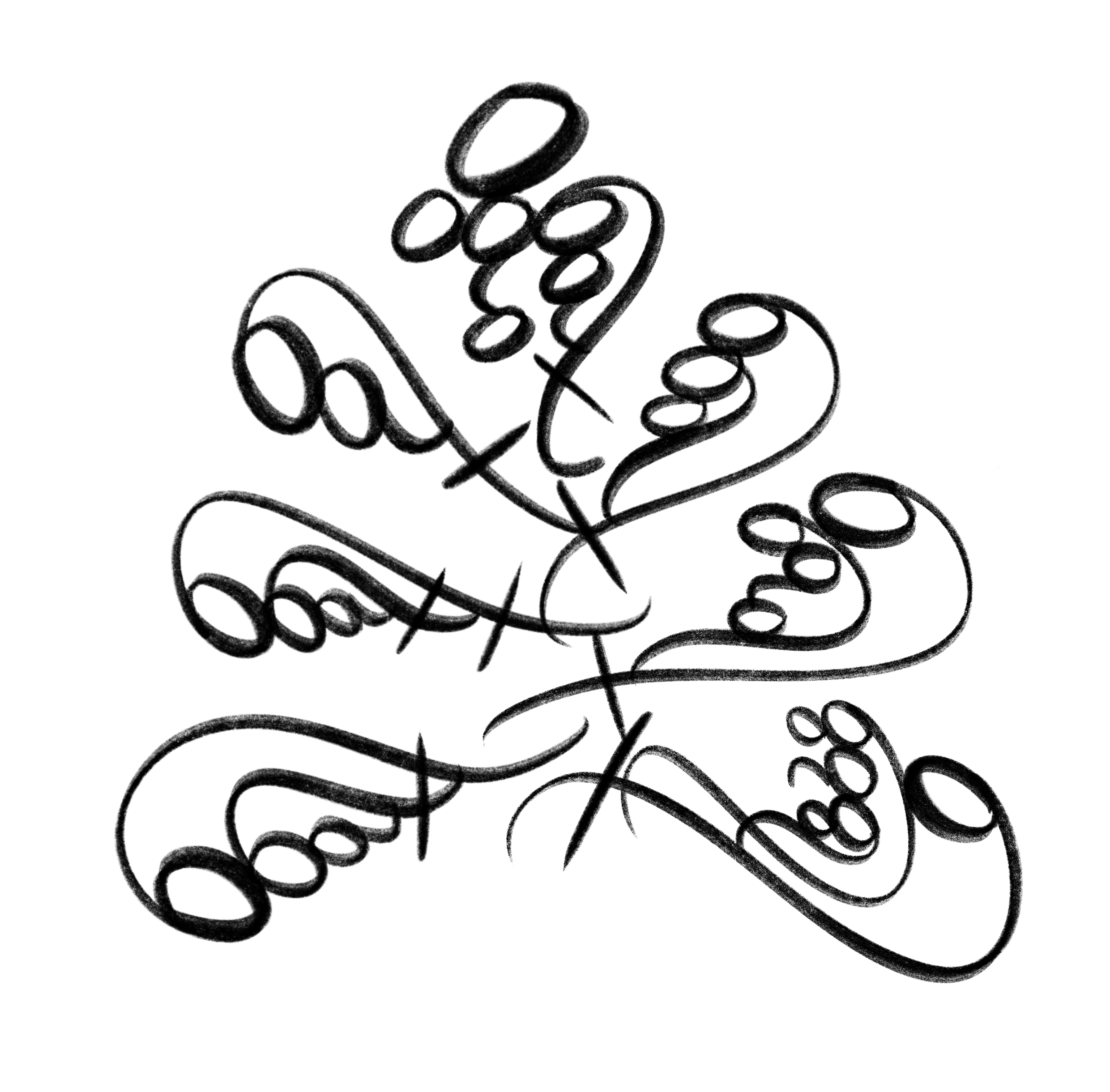
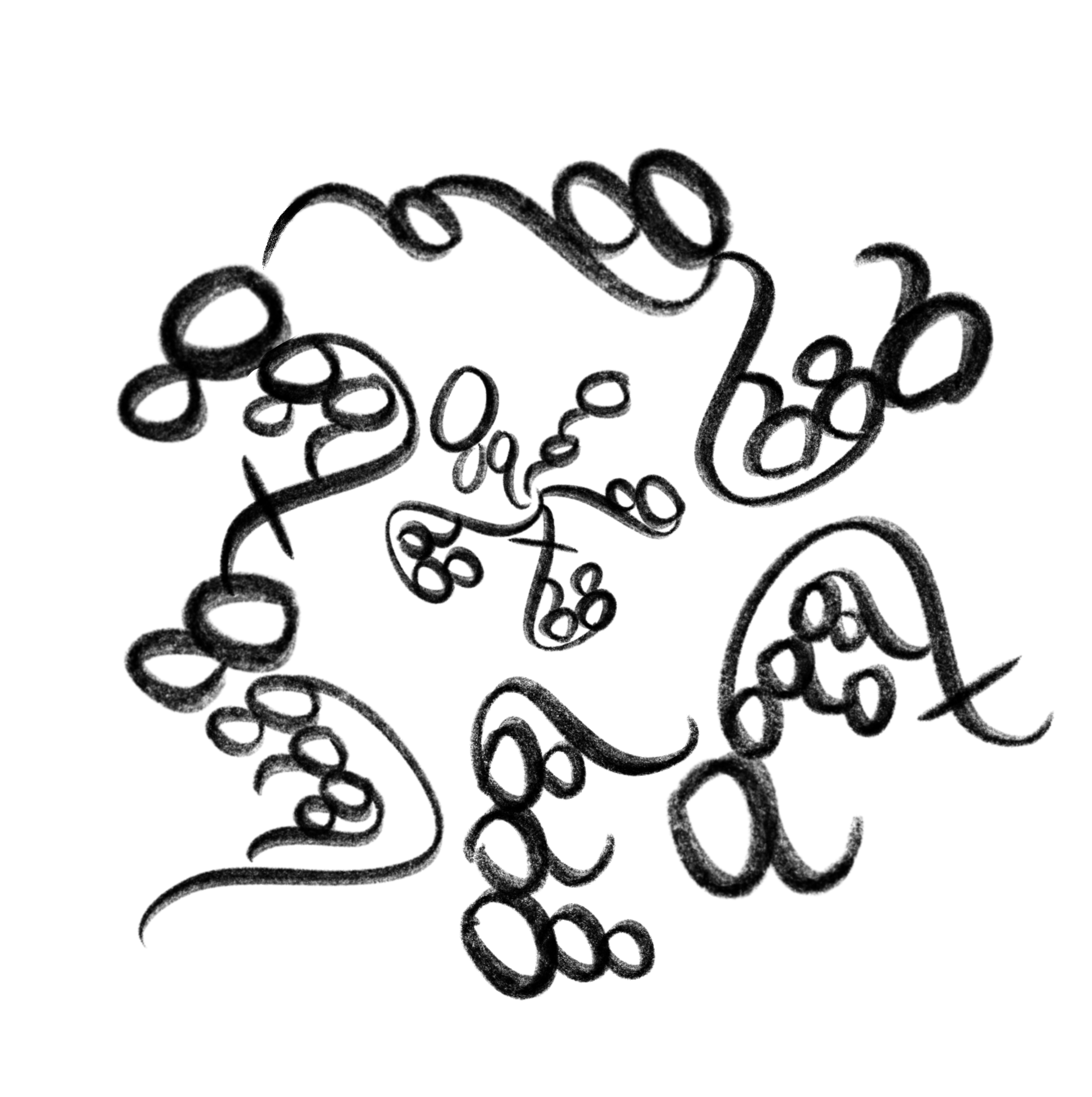
Requests and making your own
I encourage people to use Nat notation to make their own artwork! For calculating prime factors of large numbers, I recommend using Wolfram Alpha (I may get around to making my own Nat notation converter at some point). Feel free to reach out to me on Bluesky with your own art, or if you a number you’d like me to write in Nat notation with my calligraphy!
Links
- The original Twitter thread - includes some more examples and insights.
- Online Nat notation - An online version of Nat notation created by Tab Atkins.